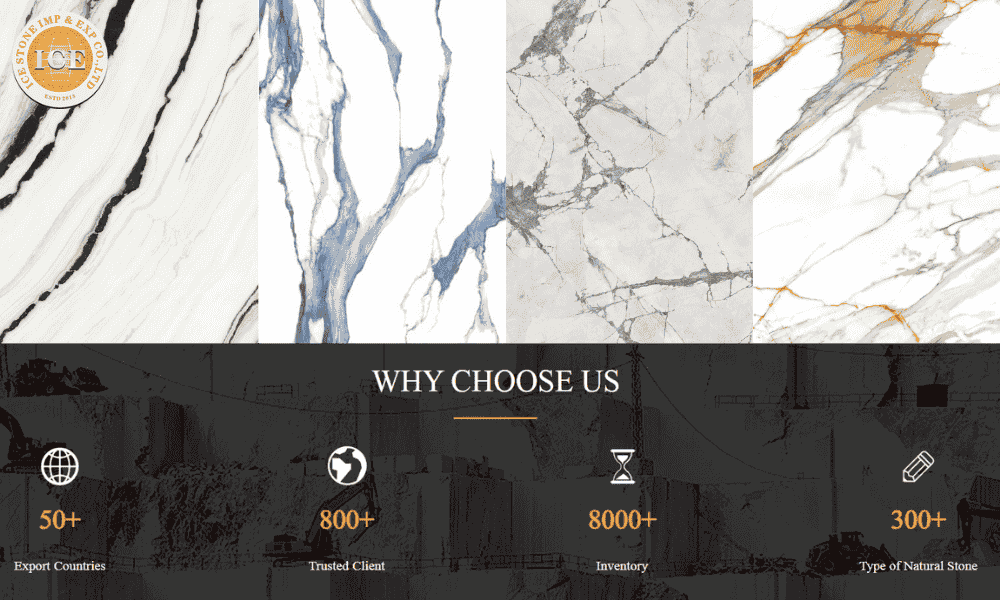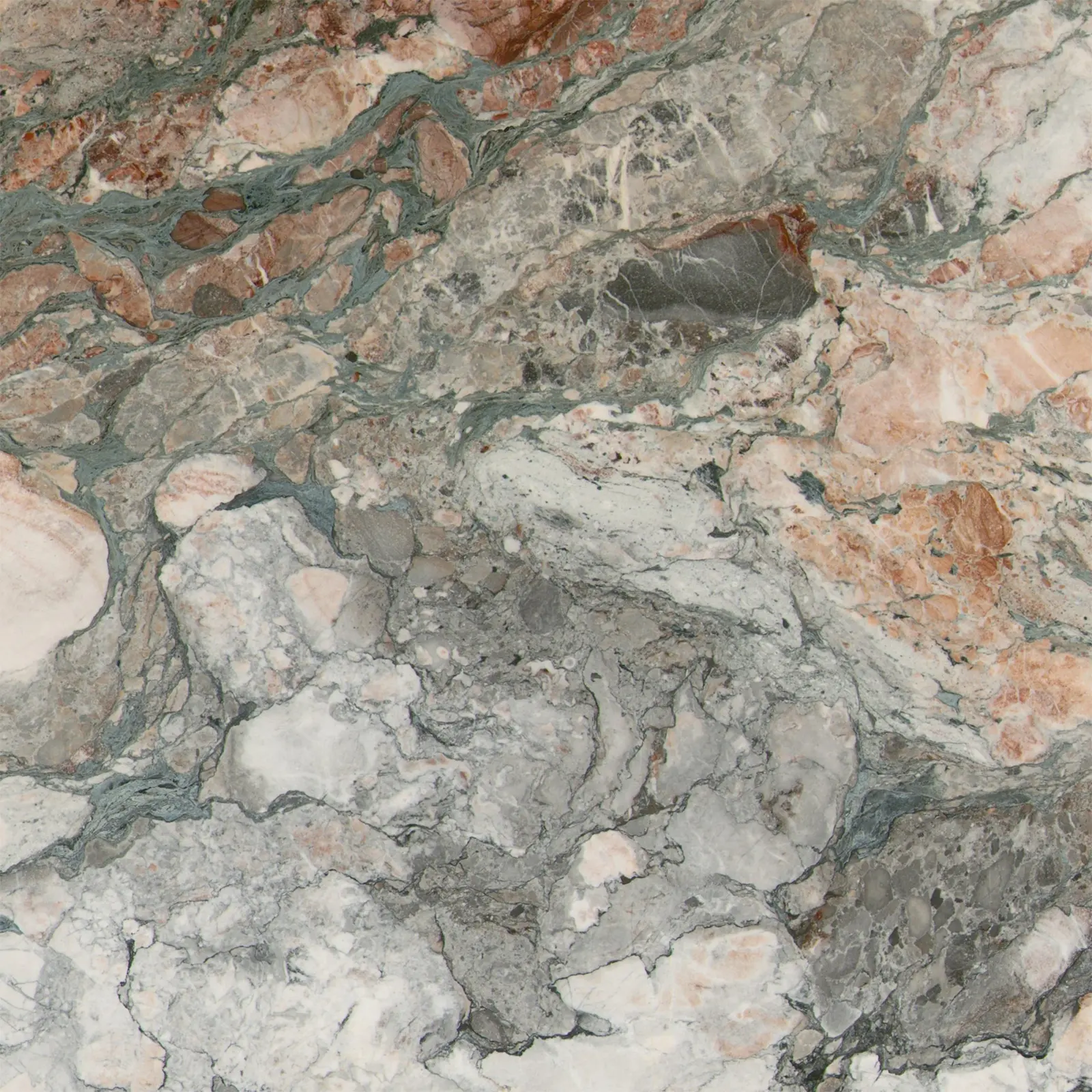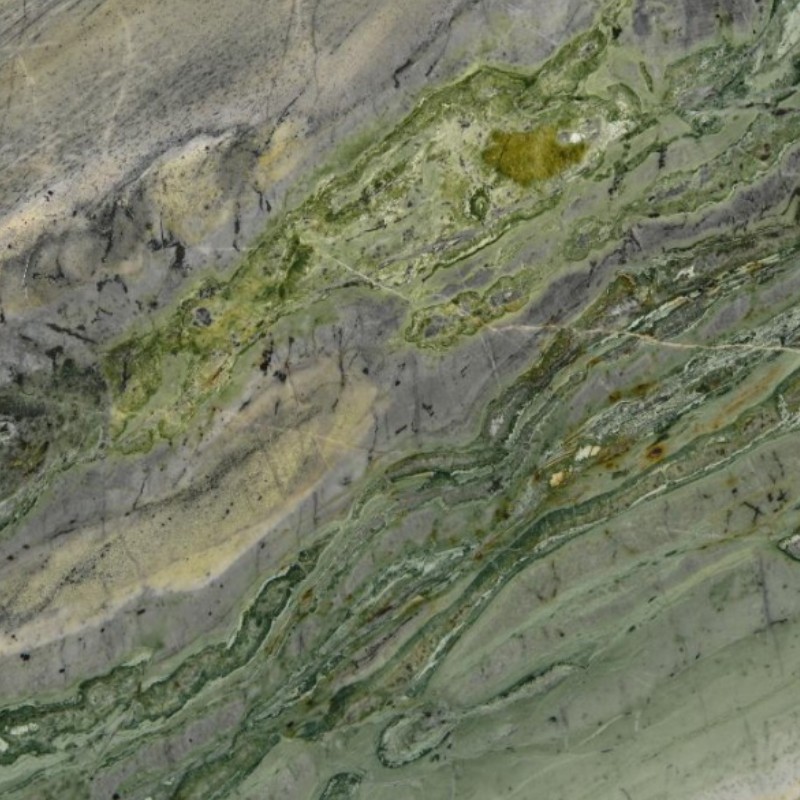As environmental policies evolve globally and domestically, industries rooted in natural materials like marble are facing both opportunities and responsibilities. From packaging reforms to climate-focused legislation, the green shift across sectors is transforming how products are sourced, fabricated, and applied. Marble Slabs, traditionally valued for their aesthetic and structural integrity, are now being reevaluated through the lens of sustainability, circular economy, and architectural longevity.
At IceStone, a company committed to ethical sourcing and innovation in stone craftsmanship, we recognize that the conversation around Marble Slabs has changed. It’s no longer just about beauty—it’s about the lifecycle, environmental impact, and adaptability in modern policy frameworks. This article explores how Marble Slabs can align with the direction of sustainable development, especially as cities, states, and industries adopt greener building codes and waste reduction strategies.
The Evolving Environmental Landscape and Its Influence on Building Materials
While plastics are the current focal point of regulatory reform, the construction and interior design industries are also under growing scrutiny. State governments such as California, New York, and Washington are now integrating environmental considerations into building and renovation standards. Though stone is not a pollutant like plastic, quarrying and transportation processes can carry environmental implications.
Marble Slabs, however, are proving to be a timeless, durable, and increasingly compatible material with low-waste architectural design. Unlike synthetic composites that degrade or discolor over time, Marble Slabs are built to last decades—reducing the need for replacement, thus lowering long-term environmental impact.
Marble Slabs and Circular Economy Principles
The circular economy prioritizes resource retention, repurposing, and material recovery. In this model, materials that are natural, long-lasting, and recyclable are favored—exactly where Marble Slabs fit in.
-
Reusability: After demolition, Marble Slabs can be reclaimed, repolished, and used in new structures or artistic installations.
-
Low degradation: Unlike composites, Marble Slabs maintain their core integrity, even in varied environmental conditions.
-
End-of-life options: Marble waste can be repurposed into gravel, powder for industrial use, or aggregate in new construction materials.

Hot Sale Marble Slabs
Aligning with State and Municipal Green Building Policies
Policies like California’s SB 54 or New York’s Packaging Reduction Act may not directly govern stone use, but they indicate a broader trend toward environmental accountability across industries. Many green building certifications—such as LEED, WELL, and BREEAM—now include criteria that encourage or mandate the use of sustainable, low-impact, and local materials.
By choosing Marble Slabs from verified sources like IceStone, architects and developers can earn points under these certification schemes. Our slabs comply with major transparency and health product declarations, making them a natural fit for projects aiming to meet ESG (Environmental, Social, Governance) standards.
Sustainable Quarrying and Supply Chain Innovation
The environmental narrative around Marble Slabs is not limited to the finished product. Supply chain innovations—like water recycling at quarries, waste minimization during cutting, and low-emission transport logistics—contribute to the broader sustainability story.
At IceStone, we work closely with our quarrying partners to:
-
Implement water recovery systems during marble cutting
-
Optimize block extraction to reduce raw material waste
-
Use electric or hybrid transport options where feasible
-
Source regionally to minimize carbon footprint on large projects
These practices help meet not only current building codes but also anticipated regulatory shifts that favor low-emission, low-waste construction practices.
Resilience, Maintenance, and Longevity in Public Infrastructure
States like Washington and cities like Richmond are pushing initiatives that implicitly support long-lasting building materials. When considering lifecycle costs and environmental impact, Marble Slabs outperform short-lived materials like laminate or engineered composites.
In commercial and civic spaces—airports, courthouses, universities, and museums—Marble Slabs provide unparalleled durability and minimal maintenance:
-
Stain and scratch resistance when properly sealed
-
Timeless appearance that reduces need for aesthetic renovations
-
Low VOC emissions, supporting better indoor air quality
For city planners and architects seeking compliance with green procurement policies or sustainability ordinances, Marble Slabs represent both a practical and policy-aligned option.

Marble Slabs Suppliers
Global Policy Movements and Natural Stone Standards
International frameworks such as the EU’s Green Deal and Canada’s Clean Building Strategy increasingly recognize stone as a viable alternative to high-emission cladding or flooring materials. With global supply chains under tighter environmental scrutiny, transparency in natural material sourcing is now a requirement—not a luxury.
As the U.S. gradually aligns with these international trends, Marble Slabs can serve as a low-emission, low-maintenance solution that supports both heritage and high-performance construction. From luxury hospitality interiors to municipal halls, marble stands as a testament to nature’s durability and aesthetic value.
Educating Consumers and Project Stakeholders
Education is key to understanding the true sustainability of Marble Slabs. Misinformation often equates stone with environmental harm, when in fact, its longevity and recyclability reduce total lifecycle emissions compared to synthetic or fast-degrading materials.
At IceStone, we offer:
-
Transparent sourcing documentation
-
Educational guides for architects and designers
-
Technical sheets aligned with building certifications
-
Product lifecycle analysis (LCA) for major slab lines
Through these initiatives, we empower stakeholders to make decisions based on complete, accurate, and eco-informed data.
The Role of Design in Waste Reduction
Architectural innovation is increasingly about doing more with less—less material waste, fewer replacements, and lower energy usage. Marble Slabs offer a perfect medium for this goal, enabling:
-
Thin slab designs with reinforced backing to reduce stone usage
-
Modular formats to reduce cutting waste
-
Multi-use applications (flooring, walls, countertops) from a single slab type
As a result, designers can align creative vision with eco-efficiency—whether in residential projects, office lobbies, or public spaces.

High Quality Marble Slabs
Sustainable Stone for a Sustainable Future
In an era marked by growing environmental urgency, materials that are natural, enduring, and low-impact offer not just aesthetic value but a vital path toward a greener future. Marble Slabs, when responsibly sourced and applied, align naturally with evolving policies around sustainability, waste reduction, and building performance.
At IceStone, we are proud to contribute to this shift. Our Marble Slabs reflect a commitment to craftsmanship, environmental responsibility, and innovation. As more states adopt policies encouraging long-life materials and reduced ecological footprints, Marble Slabs are poised to become not just a design choice—but a strategic, sustainable decision.
As consumers, designers, and builders seek materials that meet both creative and ethical standards, marble stands out as a solution that has stood the test of time—both structurally and symbolically. Through mindful use, industry collaboration, and policy alignment, Marble Slabs will continue shaping not only spaces but a more resilient future.
For more on sustainable stone applications and our product catalog, visit: https://www.icestone.com/
Feature Product
-
 Four Season Grey Natural Marble Slabs and Tiles
Four Season Grey Natural Marble Slabs and TilesThe Charm of Four Season Pink Good size for ...
-
 Panda Green White Luxurious Quartzite Stone
Panda Green White Luxurious Quartzite StoneArtistic Conception Like moonlight piercing ...
-
 Vivid Brilliant Natural Marble of Prague Green
Vivid Brilliant Natural Marble of Prague GreenHow to pack and load ? 1. Fumigated wooden b...





